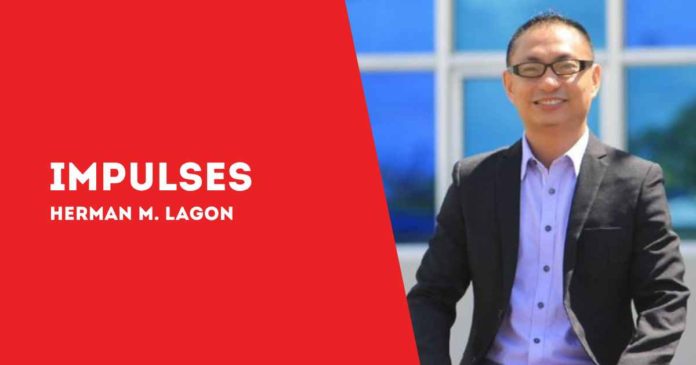
JUMPING at midnight on New Year’s Eve, a custom thought to encourage growth has an interesting connection to science. Although a single midnight jump won’t boost height, regular exercise, including jumping, stimulates bone growth, especially in young people. Consistent jumping during one’s formative years contributes to overall bone health, meaning the practice may symbolize a broader commitment to physical fitness.
The practice of “Oro, Plata, Mata” (Gold, Silver, Death) when building staircases may have architectural merit. Counting steps in sets of three aligns with rhythm and symmetry, enhancing stability and consistency in movement.
Ending on “oro” creates a pleasing and safer design, reducing the risk of tripping and improving the staircase’s aesthetic and functional harmony.
The pamahiin against sitting on pillows also has scientific roots. Placing pressure from one’s body on a pillow intended for the head can transfer dirt, sweat, and bacteria onto the fabric. Over time, this accumulation may lead to skin issues or irritation, which gives practical merit to the belief. Reserving pillows solely for sleeping minimizes germ transfer and supports better hygiene.
Lastly, the idea of avoiding mirrors in the dark, as they might “invite spirits,” can be explained by visual science. Mirrors reflect light, and in low lighting, shadows and reflections can distort, leading to eerie or illusory images. This belief may have emerged as a caution against provoking unnecessary fear or anxiety at night, which dim lighting can exacerbate.
Each of these examples shows that superstitions, or pamahiin, are often grounded in careful health, safety, and environment observations. We have retained these beliefs not simply out of blind adherence but because these practices often provide a structure for well-being.
While science may not always be the origin of these practices, it frequently offers insights that validate them, showing respect for the wisdom passed down through generations.
So, whether or not one chooses to follow these superstitions is a personal choice, but they deserve more consideration than simple dismissal. Many have endured because they harbor practical health, safety, and social harmony insights.
Rather than mere “blind” belief, pamahiin may represent a deep-seated wisdom that science is only now beginning to recognize fully. Perhaps the best kind of “luck” comes from blending tradition with reason—a balance of heritage and understanding that offers the most enduring benefits.
***
Doc H fondly describes himself as a “student of and for life” who, like many others, aspires to a life-giving and why-driven world grounded in social justice and the pursuit of happiness. His views do not necessarily reflect those of the institutions he is employed or connected with./PN







